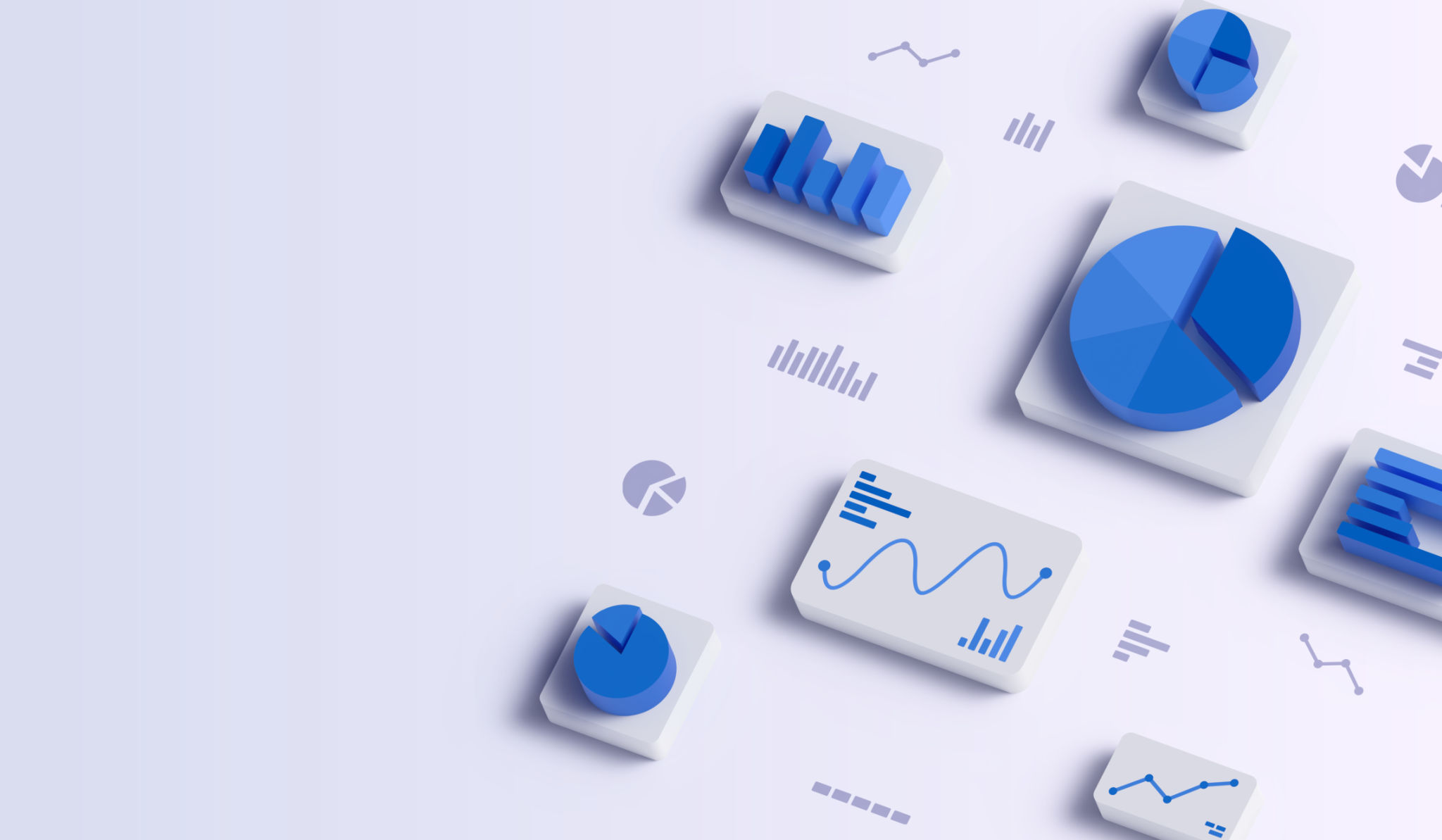AI-Powered Tools Every UX Designer Should Know
Introduction to AI-Powered Tools for UX Design
In the rapidly evolving field of user experience design, staying ahead of the curve is crucial. Leveraging AI-powered tools can significantly enhance the design process, making it more efficient and effective. These tools not only streamline workflows but also provide deeper insights into user behavior, enabling designers to create more intuitive and engaging interfaces.
Automated UX Research and Analysis
One of the primary benefits of AI in UX design is its ability to automate research and analysis. Tools like UsabilityHub and Lookback utilize AI algorithms to gather and analyze user feedback quickly. These platforms can identify patterns in user interactions, helping designers pinpoint areas for improvement without the need for extensive manual data collection.

Design Assistance and Prototyping
AI-driven design tools such as Sketch2Code and Uizard are revolutionizing the way designers create prototypes. These tools use machine learning to convert sketches into functional code, drastically reducing the time needed for developing wireframes and prototypes. This allows designers to focus more on creativity and less on technical execution.
Personalized User Experiences
AI-powered personalization tools are becoming a staple in UX design, enabling designers to tailor experiences to individual users. With platforms like Adobe Sensei and Dynamic Yield, designers can analyze user data to deliver customized content and features. This enhances user engagement by providing a more relevant and personalized experience.

Enhanced Accessibility Features
Incorporating accessibility is a vital aspect of UX design, and AI tools are making this easier than ever. Tools such as Axe Accessibility and UserWay help designers ensure their websites and apps are accessible to all users, including those with disabilities. These platforms can automatically detect accessibility issues and suggest improvements, ensuring compliance with accessibility standards.
User Behavior Prediction
Understanding how users interact with a product is key to designing effective UX. AI-powered analytics tools like Pendo and Mixpanel provide insights into user behavior by predicting trends based on past interactions. This predictive analysis helps designers anticipate user needs and make data-driven decisions to enhance the overall user experience.

Natural Language Processing in UX Design
Natural Language Processing (NLP) tools are increasingly being integrated into UX design to improve user interaction. Platforms such as ChatGPT enable the creation of intelligent chatbots that can handle complex queries, providing users with immediate assistance. This enhances customer support and improves overall user satisfaction.
Conclusion: Embracing the Future of UX Design with AI
The integration of AI-powered tools in UX design is not just a trend; it's a necessity for staying competitive in today's digital landscape. By adopting these tools, designers can enhance their workflows, create more personalized experiences, and ultimately deliver superior products to users. As AI technology continues to evolve, so too will its impact on the field of UX design, paving the way for even more innovative solutions.
